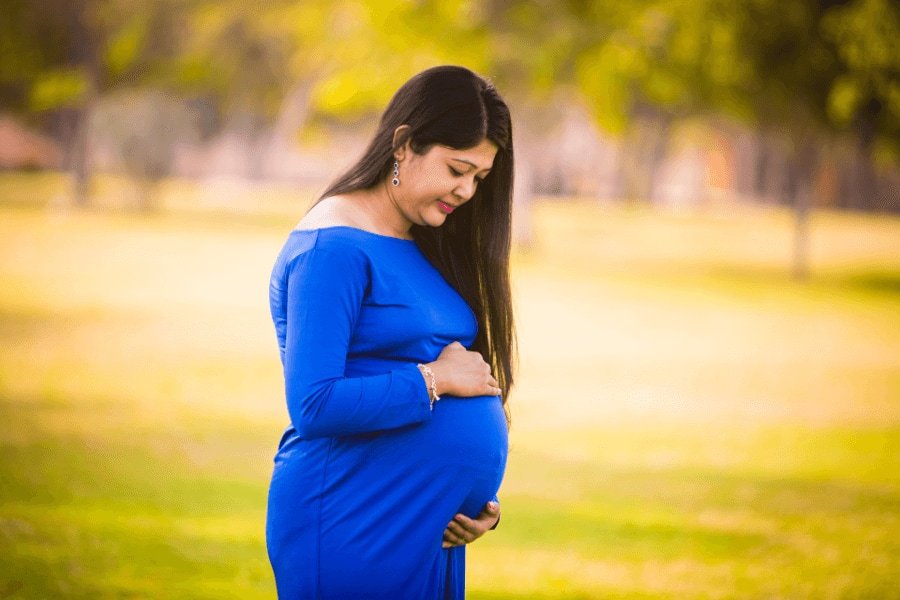One thing all my clients want to know more about are their hormones, what they do and their effect on their health, menstrual cycles and fertility. So I thought I would do a whistle stop tour of your hormones to familiarise you with some of the key ones. (Note, there are lots more, but I am just going to cover the ones we look at for our cycles and fertility).
Gonadotropin Releasing Hormone (GnRH): produced by the pineal gland and stimulates the pituitary to produce Follicle Stimulating Hormone (FSH) and Lutenising Hormone (LH).
Follicle Stimulating Hormone (FSH): produced by the pituitary and stimulates the maturation of follicles in the ovaries.
Lutenising Hormone (LH): stimulates the maturing follicles in the ovaries to produce oestradiol/estradiol (E2) and once the egg has matured, it stimulates the follicles to rupture, releasing the egg also known as ovulation. It also stimulates the transformation of the left over follicle into the corpus luteum after ovulation.
Ovulation predictor kits measure LH and women with Polycystic Ovarian Syndrome (PCOS) have raised LH levels so these test kits aren’t as reliable for them. In men, lutenising hormone stimulates testosterone production in the Leydig cells which supports sperm production.
Oestrogen/Estrogen: The spelling of this hormone changes depending on which country you are in, I am in the UK, so I spell it the traditional way. There are three times of oestrogen, but most people when they discuss oestrogen are talking about oestradiol also known as E2.
Oestradiol is produced by the developing follicles in the ovaries in menstruating women. It stimulates the growth of breast tissue and uterine lining. It also stimulates the cervix to produce cervical fluid.
There is also Oestrone/Estrone E1 which is stored in the fat cells, adrenal glands and ovaries. It is the only oestrogen women are left with in the menopause. Then there is also Oestriol/Estriol E3 which is produced by the placenta during pregnancy and is thought to trigger labour.
Progesterone: this is a hormone secreted by the corpus luteum and matures and holds the uterine lining in place and heats up the body, so the lining is the perfect incubator for a fertilised egg until a placenta grows. The drop off of progesterone is what causes the uterine lining to fall away and start a period.
Progesterone is also produced in small amounts by the adrenal glands in both men and women and by the placenta in pregnancy.
Testosterone: both men and women produce testosterone, which is essential to women as well as men. It is produced by the ovaries and the adrenal glands. Low testosterone in women can lead to low libido and is thought to be a cause of endometriosis.
In women with PCOS, they have high blood sugar which in turn leads to high insulin levels and this stimulates the ovaries to produce testosterone. This is why some of the symptoms of PCOS include, facial hair and male pattern baldness (androgenic alopecia) in women.
As you can see, our hormones are fascinating and there is so much interplay between them.
There are a number of other hormones that affect our reproductive systems but these are the main players to understand in the first instance.




